Indoor Air Quality Battle: Air Purifier vs Open Window – Which is the Ultimate Winner?
Indoor air quality has become an increasingly important concern in today’s world, with an array of pollutants and allergens infiltrating our living spaces. As a result, many people turn to air purifiers or simply opt for opening a window in order to improve the air they breathe. But which of these two strategies is truly the ultimate winner when it comes to combating indoor air pollution?
In this article, we will thoroughly examine both options and delve into their pros and cons, allowing you to make an informed decision on how best to achieve optimal indoor air quality in your own environment.
Whether you lean towards the effectiveness of advanced technology or prefer the natural breeze flowing through open windows, this battle between air purifier and open window ultimately seeks to clarify which method reigns supreme as the ultimate champion for improving indoor air quality.
The Science Behind Indoor Air Pollution: Understanding the Culprits
Indoor air pollution consists of various harmful particles and chemicals that can negatively impact our health. Understanding the culprits behind indoor air pollution is crucial for effectively combating it and creating a healthier living environment. The science behind indoor air pollution reveals that common sources include volatile organic compounds (VOCs) emitted from household products, such as cleaning agents and furnishings, as well as allergens like pet dander, pollen, and dust mites.
Additionally, combustion by-products from activities like cooking or using fireplaces can release pollutants such as carbon monoxide, nitrogen dioxide, and particulate matter into the air we breathe. Poor ventilation systems in buildings further exacerbate indoor air pollution by trapping these pollutants indoors instead of allowing them to dissipate.
By understanding the different culprits responsible for indoor air pollution, individuals can take appropriate measures to minimize their exposure. This includes utilizing effective filtration systems like air purifiers or opening windows strategically to improve ventilation. With this knowledge of the science behind indoor air pollution, people can make informed decisions on how best to combat this issue in order to maintain optimal indoor air quality and safeguard their health.

The Pros and Cons of Air Purifiers: How Effective Are They?
Air purifiers have gained popularity in recent years as a way to combat indoor air pollution. One of the main advantages of air purifiers is their ability to remove a wide range of pollutants and allergens from the air, including dust, pet dander, pollen, mold spores, and volatile organic compounds (VOCs). This can be beneficial for people with allergies or asthma, as it can help reduce symptoms and improve overall respiratory health.
Another advantage of using an air purifier is its convenience. Once installed, you simply need to turn it on and let it do its job. Air purifiers are also able to filter out smaller particles that may not be captured by simply opening a window. In addition, some high-end models come with smart features such as sensors that monitor air quality and adjust the fan speed accordingly.
However, there are also some drawbacks to consider when using air purifiers. One major disadvantage is the cost associated with purchasing and maintaining these devices. Depending on the model and brand, prices can vary significantly. In addition to the initial investment in buying an air purifier, you will also need to factor in ongoing expenses such as replacing filters regularly.
Furthermore, while air purifiers are effective at removing certain types of pollutants from the air inside your home or office, they may not eliminate all sources of indoor pollution completely. For example, if your main concern is outdoor pollution infiltrating your indoor space through open windows or doors, an air purifier alone may not be sufficient. In this case, opening a window could provide better ventilation and potentially improve overall indoor air quality.
The Benefits of Opening a Window: Natural Ventilation at its Best
The benefits of opening a window for natural ventilation are numerous and can greatly contribute to improved indoor air quality. Opening a window allows fresh outdoor air to circulate through the space, helping to dilute and remove indoor pollutants. This includes volatile organic compounds (VOCs) emitted from furniture, paint, and cleaning products, as well as allergens such as dust mites and pet dander.
Furthermore, natural ventilation can help regulate humidity levels in the room. Stale or humid air inside can become uncomfortable and create a breeding ground for mold and mildew growth. By simply opening a window, you allow moisture-laden air to escape while letting in fresh dry air that helps prevent these issues.
Another advantage of relying on natural ventilation is that it doesn’t require any additional equipment or energy usage like an air purifier does. This makes it not only cost-effective but also environmentally friendly.
However, there are some downsides to consider when opting for open windows as well. Noise pollution from outside traffic or construction sites may be an issue in urban areas. Additionally, weather conditions need to be taken into account; opening windows during extreme temperatures or poor outdoor air quality days might not be feasible.
In conclusion, while both opening a window and using an air purifier have their advantages in improving indoor air quality, natural ventilation remains one of the simplest and most effective methods. It promotes the circulation of clean fresh outdoor air while reducing reliance on artificial solutions that consume energy resources.

Comparing Costs: Air Purifiers vs Open Windows
Comparing the costs of air purifiers and open windows can help in making an informed decision on which option is more financially viable. Air purifiers are a one-time investment that may come with additional maintenance costs such as replacing filters or electricity consumption. Although the initial cost might be higher, air purifiers provide a long-term solution to improve indoor air quality without reliance on external factors like weather conditions.
On the other hand, opening windows seems to be a cost-effective way to let fresh air circulate within a space. However, it has its drawbacks too. Depending on location and climate, certain seasons may not allow for open windows due to extreme temperatures or high levels of pollutants outside. Moreover, keeping windows constantly open would also increase energy consumption needed for heating or cooling.
When comparing the costs of both options, it is important to consider long-term effectiveness alongside immediate expenses. While air purifiers require initial investment and regular maintenance costs, they provide continuous filtration regardless of weather conditions or outdoor pollution levels. Open windows offer fresh air at no extra cost but are limited by factors beyond control such as climate changes and allergen presence in surrounding areas.
Noise Levels and Disruption: Air Purifier vs Open Window
Noise levels and disruption are important factors to consider when choosing between an air purifier and opening a window for improving indoor air quality. Air purifiers can produce varying levels of noise, depending on the type and model. Many modern air purifiers have advanced technology that minimizes noise, making them almost silent during operation. This is particularly beneficial for individuals who prefer a quiet environment or need to concentrate while working or sleeping.
On the other hand, opening a window allows fresh outdoor air to circulate inside the room but may also introduce external noises from traffic, construction sites, or neighborhood activities. The level of disruption caused by these noises will vary depending on the location and time of day. For those living in noisy urban areas or near sources of constant disturbance, keeping windows open might not be the most practical option.
Ultimately, it comes down to personal preference and individual circumstances when choosing between using an air purifier or opening a window for better indoor air quality. If minimal noise levels are crucial, especially during critical tasks such as studying or working from home, then investing in a high-quality whisper-quiet air purifier would be recommended. However, if outside disturbances can be tolerated and one desires natural airflow along with improved ventilation without electrical costs involved in running an appliance continuously; then opting for opening windows may be preferable at times.
Environmental Impact: Which Option is More Sustainable?
When considering the environmental impact, it is important to analyze both options of using an air purifier or opening a window. Air purifiers, while effective at filtering out pollutants and allergens, often consume electricity which can contribute to carbon emissions if not sourced from renewable energy. Additionally, the manufacturing and disposal process of air purifiers may also have negative effects on the environment.
On the other hand, simply opening a window allows for natural ventilation and fresh air exchange without any direct environmental impact. However, this option may not be feasible in certain situations where outdoor pollution levels are high or during extreme weather conditions such as cold winters or hot summers.
Ultimately, when it comes to sustainability and minimizing environmental impact, opting for natural ventilation by opening a window seems to be the more sustainable choice. However, it is crucial to consider individual circumstances such as location and allergies before making a decision.
The Ultimate Winner: Factors to Consider in Choosing between an Air Purifier and an Open Window
Indoor air quality has become a significant concern for many individuals as pollutants and allergens infiltrate living spaces. To combat this issue, people often consider using air purifiers or simply opening windows to improve the air they breathe. However, determining which approach is the ultimate winner in addressing indoor air pollution requires a thorough examination of both options.
Air purifiers offer several advantages when it comes to improving indoor air quality. These devices are specifically designed to eliminate various types of pollutants and allergens from the surrounding environment. They can effectively capture fine particles such as dust, pet dander, mold spores, and even certain bacteria and viruses. Additionally, some advanced models come with filters that target specific contaminants like volatile organic compounds (VOCs) or odors.
On the other hand, opening a window allows fresh outdoor air to circulate inside your home or office space. This natural ventilation method provides an immediate influx of clean air without relying on any mechanical device like an air purifier; however, its effectiveness may vary depending on external factors such as location and time of day. Opening windows might not be suitable in areas with heavy traffic pollution or during peak hours when pollen counts are high.
In conclusion, choosing between an air purifier and an open window depends on various factors such as specific needs/preferences and environmental conditions. An informed decision can only be made after thoroughly considering the pros and cons of each option based on individual circumstances.

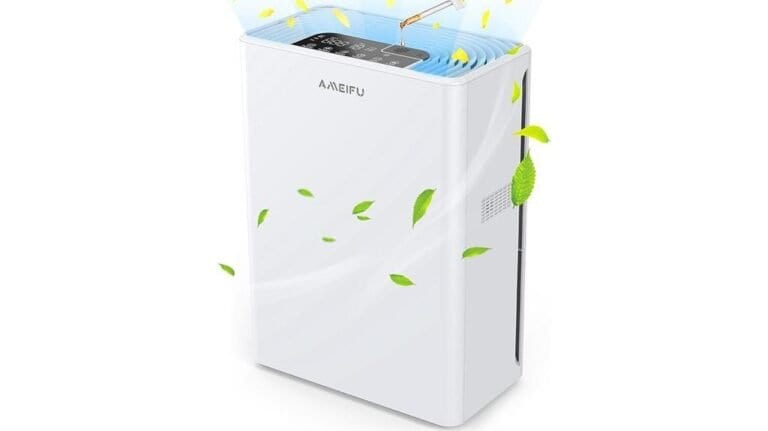

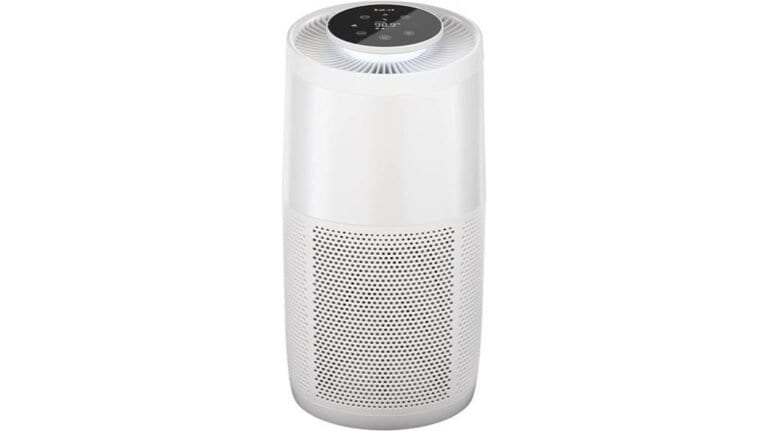
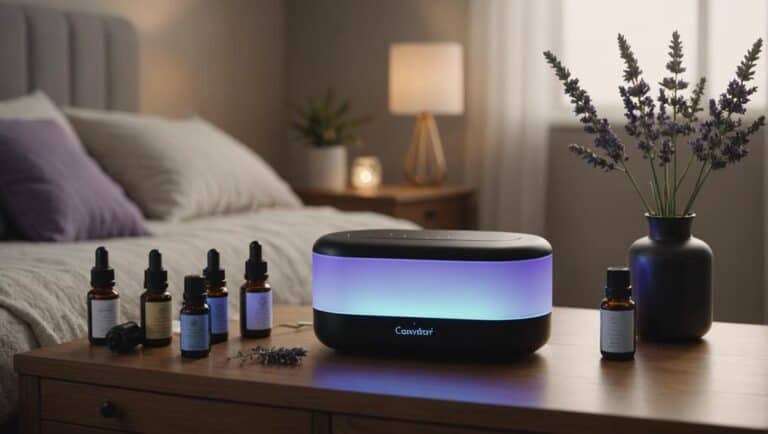
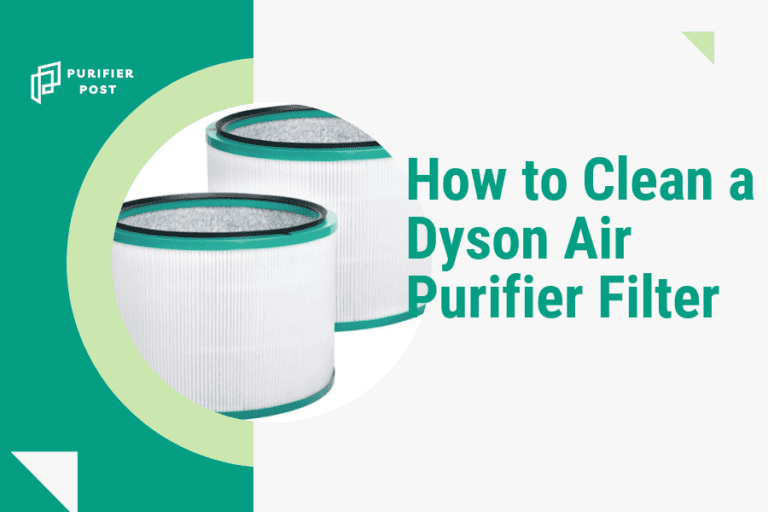
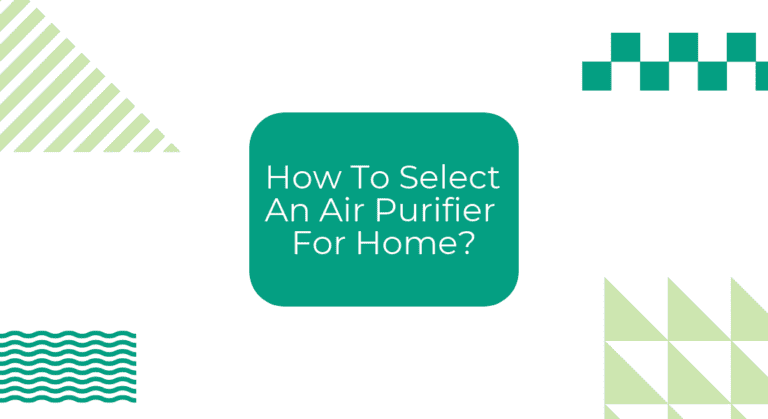
One Comment